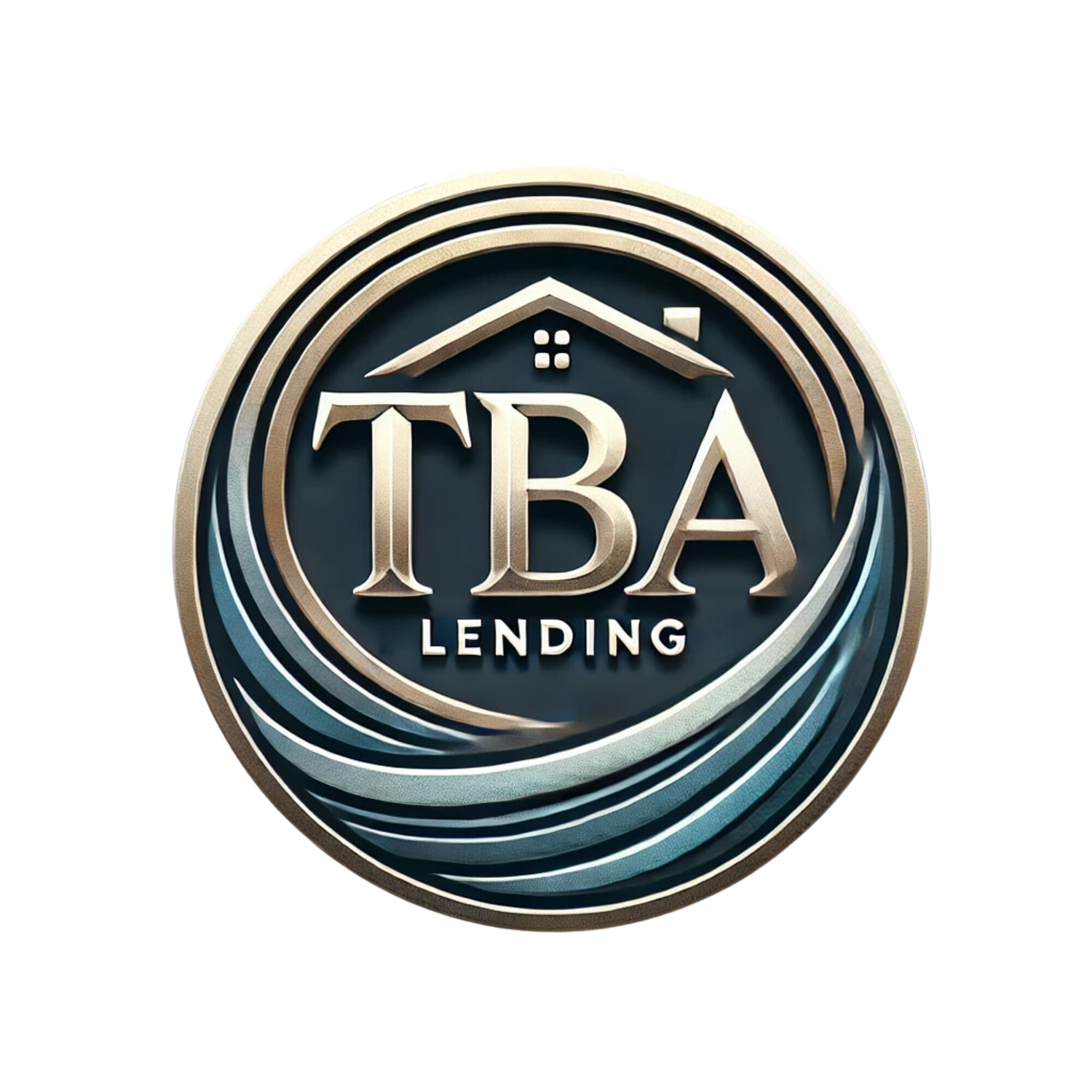Financing Your Investments: Private Lending vs. Traditional Loans
What’s the Best Way to Finance Your Next Real Estate Investment?

Real estate investing is exciting, but it comes with its challenges. One of the biggest questions investors face is how to finance their deals. You want the right funding option—one that works for your goals and helps you maximize returns. That’s where the decision between private lending and traditional loans comes in.
If you’re unsure about which route to take, don’t worry. You’re not alone. At TBA Lending LLC, we help investors like you make smart financial decisions. Here’s a breakdown of both options so you can choose the best path for your next investment. By understanding the strengths of private lending and traditional loans, you can make smarter choices and maximize your returns in real estate. The right funding is out there—let us help you find
The Challenge: Finding the Right Funding
As a real estate investor, you want access to funding that fits your strategy. But not all loans are created equal. Traditional loans may offer stability but come with stricter requirements and longer timelines. On the other hand, private lending offers speed and flexibility but might feel unfamiliar if you’re used to working with banks.
Both options have their pros and cons, but the key is understanding which works best for your unique situation.
Private Lending vs. Traditional Loans: Key Differences

What is Private Lending?
Private lending involves borrowing money from individuals or private companies instead of banks. These lenders focus on speed and flexibility. They typically offer shorter loan terms, which makes them a favorite for investors flipping houses or needing bridge financing.
Why Investors Choose Private Lending:
- Speed: Private lenders can approve loans much faster than banks—often in days instead of weeks.
- Flexible Terms: Unlike banks, private lenders don’t rely on rigid credit requirements.
- Asset-Based Focus: Approval often depends on the property’s value, not your credit score.
Private lending works best for investors who need quick financing or who might not meet traditional lending criteria.
What is a Traditional Loan?
Traditional loans come from banks or credit unions. These loans are typically used for long-term investments like buying rental properties or primary residences. They require strong credit, detailed financial records, and often come with a lengthy approval process.
Why Investors Choose Traditional Loans:
- Lower Interest Rates: Traditional loans often have more affordable interest rates.
- Longer Terms: Fixed-rate mortgages provide predictable, long-term payment plans.
- Established System:
Banks offer well-known processes and customer protections.
Traditional loans are ideal for investors who prioritize lower costs over speed and flexibility.
How to Decide: A Plan for Choosing Your Loan

Here’s a simple plan to help you choose:
- Define Your Strategy: Are you flipping houses or holding properties for rental income? Flipping often pairs better with private lending, while buying and holding suits traditional loans.
- Assess Your Timeline: Do you need funding fast? If so, private lending is your best bet.
- Consider Your Credit and Resources: If your credit is strong and you want lower interest rates, a traditional loan might be ideal.
By clarifying your needs, you’ll see which option aligns with your goals.
The Benefits of Success
When you choose the right financing, you gain:
- Confidence: You know you have the resources to close the deal.
- Speed: Quick approvals let you secure great opportunities before others can.
- Growth: The right funding helps you scale your investments.
Imagine having the flexibility of private lending for your flips or the stability of traditional loans for your rental portfolio. Both options can be powerful tools when used correctly.
Let’s Get Started
Choosing between private lending and traditional loans doesn’t have to be overwhelming. At TBA Lending LLC, we specialize in helping real estate investors like you find the funding solutions that work best for their goals.
Call us today at 484.343.4216 or email us at info@tbalending.com to learn how we can help you finance your next investment. Let’s make your vision a reality.
More Articles



